If your existing Windows 10 PC is running Windows 10 20H1 or later and meets the minimum hardware specificationsit will be able to upgrade to Windows 11. The upgrade rollout plan is still being finalized, but for most devices already in use today, we expect it to be ready sometime in early 2022. Not all Windows 10 PCs that are eligible to upgrade will be offered to upgrade at the same time. To see if your PC is eligible to upgrade, refer to our knowledge base for a list of tested systems. Once the upgrade rollout has started, you can check if it is ready for your device by going to Settings/Windows Updates.
Similar to how end users are notified when updates are available in Windows 10, end users will see an indication in the notification areas of the taskbar in the bottom right, that the upgrade is available. More information on how that is presented will be available at a later date. Additional desktop notification options may be also be added at a later date. If your existing Windows 10 PC is running Windows 10 20H1 or later and meets the minimum hardware specifications it will be able to upgrade to Windows 11.
To see if your PC is eligible to upgrade, refer to the specifications here. Cunningham concluded that "as I've dug into and learned its ins and outs for this review, I've warmed to it more", but argued that the OS was facing similar "public perception" issues to Windows Vista and Windows 8. Warren noted that he rarely used the Widgets panel or Microsoft Teams, citing that he preferred the weather display that later versions of Windows 10 offered, and didn't use Teams to communicate with his friends and family. He also acknowledged the expansion of Microsoft Store to include more "traditional" desktop applications.
Overall, he concluded that "I wouldn't rush out to upgrade to Windows 11, but I also wouldn't avoid it. After all, Windows 11 still feels familiar and underneath all the UI changes, it's the same Windows we've had for decades." Original equipment manufacturers can still ship computers without a TPM 2.0 coprocessor upon Microsoft's approval. Some third-party software may refuse to run on unsupported configurations of Windows 11.
Internet Explorer has been replaced by the Chromium-based Microsoft Edge as the default web browser, and Microsoft Teams is integrated into the Windows shell. Microsoft also announced plans to allow more flexibility in software that can be distributed via Microsoft Store, and to support Android apps on Windows 11 . Navigate to the downloaded Windows 11 ISO file, and select it. Rufus will populate the rest of the settings, which you have to change according to your system of choice.Under the Image Options label, select Extended Windows 11 in installation (no TPM / no Secure Boot).
You should see the Target System label reflect your BIOS Mode as you switch the Partition Scheme.If you have a rather old 64-bit system you're attempting this on, check the Add fixes for old BIOSes option. If you are having a brand new laptop or PC, then your system must be compatible with Windows 11 or even might come with it preinstalled. But issues may arise with the older versions of PCs, as its hardware might not match with the requirements of Windows 11.
If your PC has a 7th gen or previous Intel CPU, then it is unsupported by the latest upgrade. Still, you can migrate to Windows 11, but the way is a little more complicated as you will need to download install files, then perform a clean install and then restore the program and data files. A redesigned user interface is present frequently throughout the operating system, building upon Fluent Design System; translucency, shadows, a new color palette, and rounded geometry are prevalent throughout the UI. A prevalent aspect of the design is an appearance known as "Mica", described as an "opaque, dynamic material that incorporates theme and desktop wallpaper to paint the background of long-lived windows such as apps and settings". The Windows 11 requirements are harsh, but sneaking around them carries risks.It is possible to install Windows 11 without a supported CPU. The clients that you upgrade must be at BigFix version 9.2.5 or later.
In-place upgrade installs Windows 10/11 without previously removing the older version of the operating system on the client computer. The process automatically maintains existing settings, programs, and data. Before you begin the in-place upgrade, it is best practice to back up your systems. As part of the minimum system requirements, Windows 11 only runs on devices with a Trusted Platform Module 2.0 security coprocessor. According to Microsoft, the TPM 2.0 coprocessor is a "critical building block" for protection against firmware and hardware attacks. In addition, Microsoft now requires devices with Windows 11 to include virtualization-based security , hypervisor-protected code integrity , and Secure Boot built-in and enabled by default.
The operating system also features hardware-enforced stack protection for supported Intel and AMD processors for protection against zero-day exploits. The taskbar's buttons are center-aligned by default, and it is permanently pinned to the bottom edge of the screen; it cannot be moved to the top, left, or right edges of the screen as in previous versions of Windows. The "Widgets" button on the taskbar displays a panel with Microsoft Start, a news aggregator with personalized stories and content (expanding upon the "news and interests" panel introduced in later builds of Windows 10).
Microsoft Teams is similarly integrated with the taskbar, with a pop-up showing a list of recent conversations. In October 2019, Microsoft announced "Windows 10X", a future edition of Windows 10 designed exclusively for dual-touchscreen devices such as the then-upcoming Surface Neo. Legacy Windows applications would also be required to run in "containers" to ensure performance and power optimization. Microsoft stated that it planned to release Windows 10X devices by the end of 2020. Citing security considerations, the system requirements for Windows 11 were increased over Windows 10.
While the OS can be installed on unsupported processors, Microsoft does not guarantee the availability of updates. Windows 11 also drops support for 32-bit x86 CPUs and devices which use BIOS firmware. It's still worth familiarising yourself with the new UI, including the symbol buttons that replace key options in Explorer's context menus. You can use the PC Health Check app to determine if your device is eligible to upgrade to New Windows. Many PCs that are less than four years old will be able to upgrade to New Windows.
They must be running the most current version of Windows 10 and meet the minimum hardware requirements. I believe that should Windows 11 be installed this way on unsupported hardware, you will not receive windows updates. The second feature here is DirectStorage that promises to greatly enhance the gaming experience by cutting downloading times of games.
This appears to be an extension of the attempts being made by Microsoft with the Xbox Series X/S consoles where it has used clever tricks to greatly improve load times of games. However, do note that this feature will only be available on select games that support DirectStorage API on a PC with an NVMe SSD and a GPU that supports DirectX12 Ultimate. Apart from this, Windows 11 also offers what Microsoft calls the Desktops feature that gives the user the ability to set up and manage multiple iterations of your desktop. It's a simple and easy feature to use, which when gotten used greatly improves ease of use. This can be accessed by going to this new icon that all Windows users of the past will instantly notice on their home screens. This Task View button sits alongside the Start button and looks like contrasting windows over one another.
Hover your pointer over it, and you'll see a small preview of all the desktops you have open, as well as the option to set up a new one. If you still need more disk space, open Windows settings, choose Apps, then Apps & Features, and sort the list of installed apps by size to show you which programs are hogging the most disk space. The official, release version of Windows 11 is now available as a free upgrade to anyone who has Windows 10 and a PC that meets Microsoft's minimum hardware requirements.
However, the Redmond software giant isn't pushing the upgrade to every eligible system at once. Some users will be offered the option to upgrade in their Settings menu on or around the October 5th official launch date while others may be waiting until 2022. Perhaps the most important thing to know about the release of Windows 11 is that we should expect it to change significantly over the next few years. I've been using beta versions of Windows 11 for a month in the lead-up to writing this review, and it seems like every few days there's a minor new feature or redesigned app to check out. We may not see that feature fully realized in Windows until next year. If you have a computer with unsupported hardware, you should not try to upgrade to Windows 11.
Although there are workarounds to bypass the TPM 2.0 and other checks, if you manage to install version 21H2, the device will state in an unsupported state. According to Microsoft, devices are likely to experience more crashes, you won't get the support of any kind, and updates are not guaranteed. At least 16GB of RAM The basic system requirements of Windows 11 differ significantly from Windows 10. Windows 11 only supports 64-bit systems such as those using an x86-64 or ARM64 processor; IA-32 processors are no longer supported. Thus, Windows 11 is the first ever consumer version of Windows not to support 32-bit processors and 16-bit software .
The minimum RAM and storage requirements were also increased; Windows 11 now requires at least 4GB of RAM and 64GB of storage. S mode is only supported for the Home edition of Windows 11. The compatibility list includes the Intel Core i7-7820HQ, a seventh-generation processor used by the Surface Studio 2, although only on devices that shipped with DCH-based drivers.
There is a way to install Windows 11 on unsupported hardware, but we wouldn't recommend it. Although Microsoft hasn't confirmed it, the company has heavily implied that unsupported users won't receive critical security updates. If you still want to install, you can do so using the Media Creation Tool, which bypasses hardware checks. The taskbar now also gives you access to widgets, which I personally am not a big fan of.
These basically show quick updates from apps and services, somewhat replacing Live Tiles. The News widget shows current events from across the world of politics, finance, sports, technology, etc. This was made available in recent versions of Windows 10 as well. However, it has a different appearance here and it also shows up from the left side of your screen instead of the bottom right.
If you right-click on the taskbar, you now see just one option that lets you enter the taskbar settings, instead of the plethora of options in previous versions of Windows. However, this means you cannot reposition the taskbar to either side or the top of your screen anymore with Windows 11, which is kind of a bummer. The Start button follows all the new design fundamentals of Windows 11 with rounded corners, colourful icons, pinned apps, and a huge search bar. The search button feels more useful and responsive compared to Windows 10's version. If you hover over the icon, it will show you your most recent searches, which could save you some time.
The Start Menu has been redesigned to list all of your apps in a more systematic and organized manner, and you can of course pin apps that you use frequently. There's a Recommended section, wherein you can find recently accessed files and folders. The Start Menu has been designed to be consistent with the frosted glass theme that you'll see throughout Windows 11, and it looks good. These were the animated squares you could see whenever you opened the Start menu in Windows 10. They were implemented to show you live updates for apps such as Weather, Calendar, etc, but that functionality has been moved elsewhere – more on that later. These desktops can be given a different name, however, since the feature is more cosmetic in nature than anything, you see the different desktops access the same files on your PC.
But in our time using the operating system, this feature didn't exactly work as I had expected. While you can set different wallpapers for each desktop, when it came to customisation, we realised that folders and shortcuts to apps remained shared between desktops. Interestingly though, it does not duplicate apps and windows on all desktops. Windows 10 updates take so long to complete because Microsoft is constantly adding larger files and features to them.
The biggest updates, released in the spring and fall of every year, usually take upwards of four hours to install. Besides, it's also relevant to the small available space, hard drive fragments, software conflicts, and other factors. Windows 11 is now available as a free upgrade for computers already running Windows 10 that meet the minimum system requirements, and it is also available pre-installed on many branded devices.
However, the rollout will be phased and controlled to provide a good upgrade experience, which means that it'll take months before the new version reaches every device. Windows has always been about helping you work how you want, by offering flexibility of multiple windows and the ability to snap apps side by side. New in Windows 11, we're introducing Snap Layouts, Snap Groups and Desktops to provide an even more powerful way to multitask and stay on top of what you need to get done. These are new features designed to help you organize your windows and optimize your screen real estate so you can see what you need just the way you want in a layout that's visually clean. You can also create separate Desktops for each part of your life and customize them to your liking – imagine having a Desktop for work, gaming or school.
The short answer is no, Microsoft isn't going to force anyone to upgrade to Windows 11. Starting with Windows 10 version 1903, the Redmond firm stopped forcing people to install feature updates. This came after a disastrous Windows 10 version 1809 that actually deleted some users' files. Upgrades to Windows 11 will begin to roll out late in 2021 and continue into 2022.
During this time, we will be doing some behind the scenes testing and validating for your specific PC. Windows Update will provide an indication if and when your PC is eligible. Most Windows 10 PCs currently being sold will be able to upgrade to New Windows. For the PC to be able to upgrade to New Windows, it must meet the minimum hardware specifications and specific hardware is required for some features found here. The upgrade rollout plan is still being finalised but is scheduled to begin late in 2021 and continue into 2022.
Legacy BIOS is no longer supported; a UEFI system with Secure Boot and a Trusted Platform Module 2.0 security coprocessor is now required. The TPM requirement in particular has led to confusion as many motherboards do not have TPM support, or require a compatible TPM to be physically installed onto the motherboard. Windows 11 SE was announced on November 9, 2021, as an edition exclusively for low-end devices sold in the education market, and a successor to Windows 10 S.
It is bundled with applications such as Microsoft Office for Microsoft 365, Minecraft Education Edition, and Flipgrid, while OneDrive is used to save files by default. Windows 11 SE does not include Microsoft Store; third-party software is provisioned or installed by administrators. Task View, a feature introduced in Windows 10, features a refreshed design, and supports giving separate wallpapers to each virtual desktop. When a display is disconnected in a multi-monitor configuration, the windows that were previously on that display will be minimized rather than automatically moved to the main display.
If the same display is reconnected, the windows are restored to their prior location. To check for Windows 11 compatibility, download and run the PC Health Check app, which will identify specific compatibility issues that prevent an upgrade. Older hardware is less likely to pass Windows 11's stringent compatibility checks; for example, most Intel 7th Generation Core processors are not on the list of compatible CPUs, nor are PCs built using AMD Zen 1 processors.
PCs purchased in 2016 or earlier are almost certain to be unsupported. This is apparently Microsoft's recommended method for switching to the new OS, though if that's true they're taking their sweet time in offering it to everybody. Instead of twiddling your thumbs until Windows Update serves it up, you can start installing immediately by downloading the Windows 11 Installation assistant instead – it's still an absolute doddle to upgrade this way.
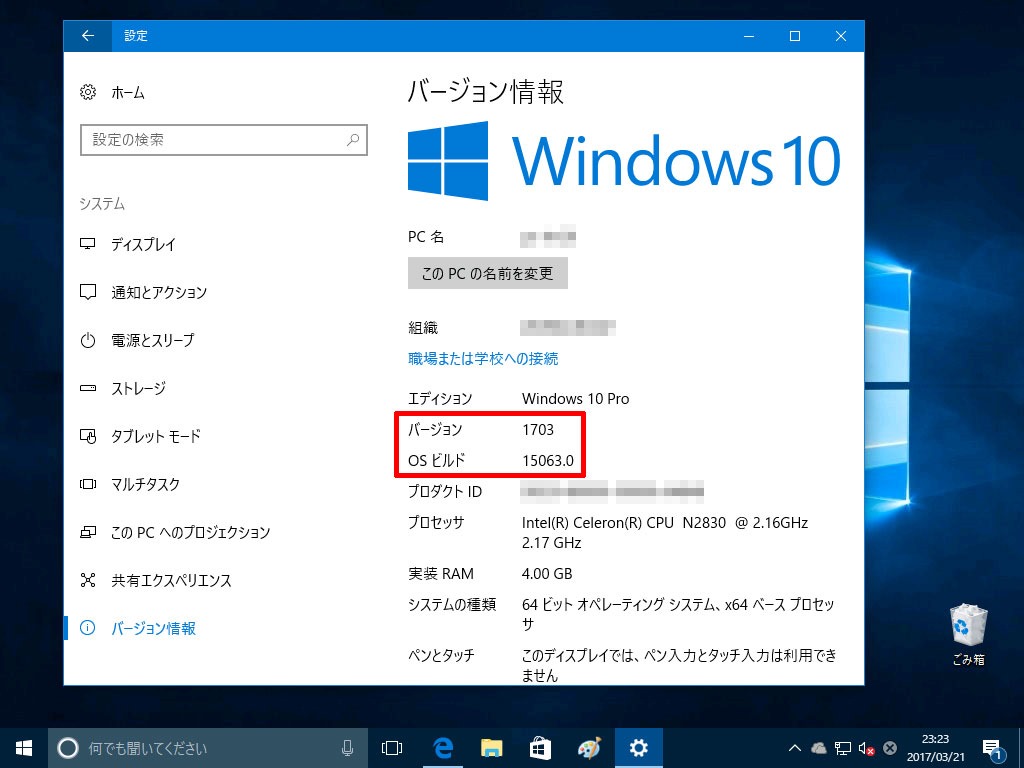





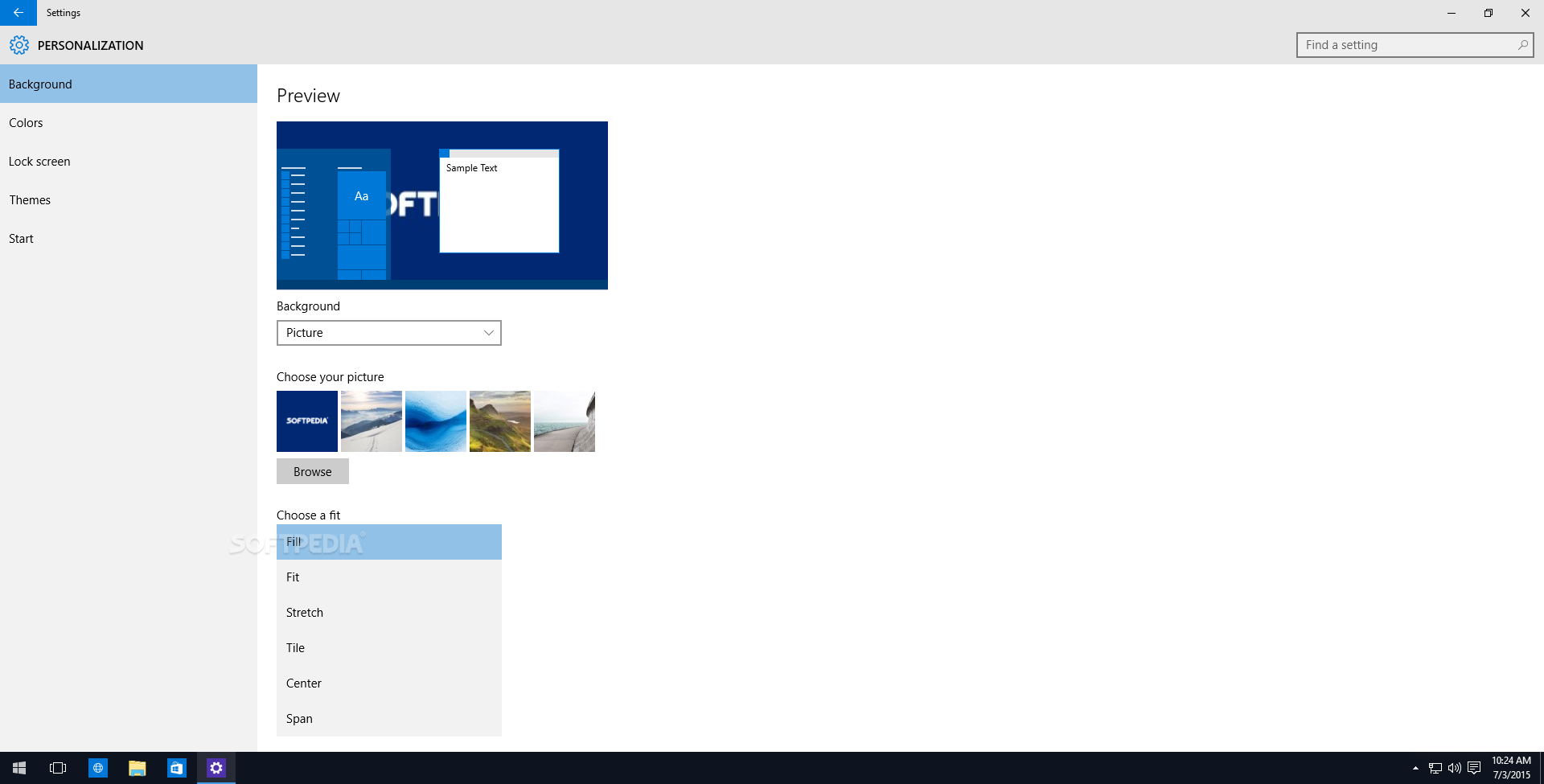


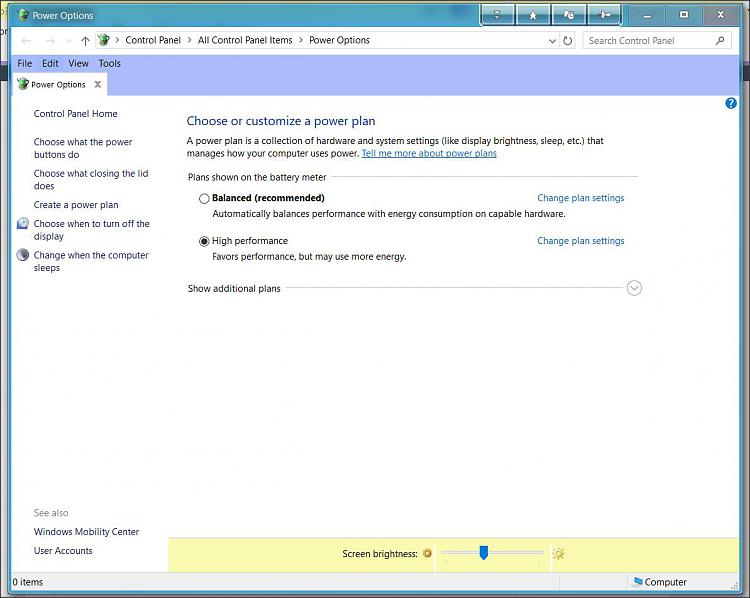


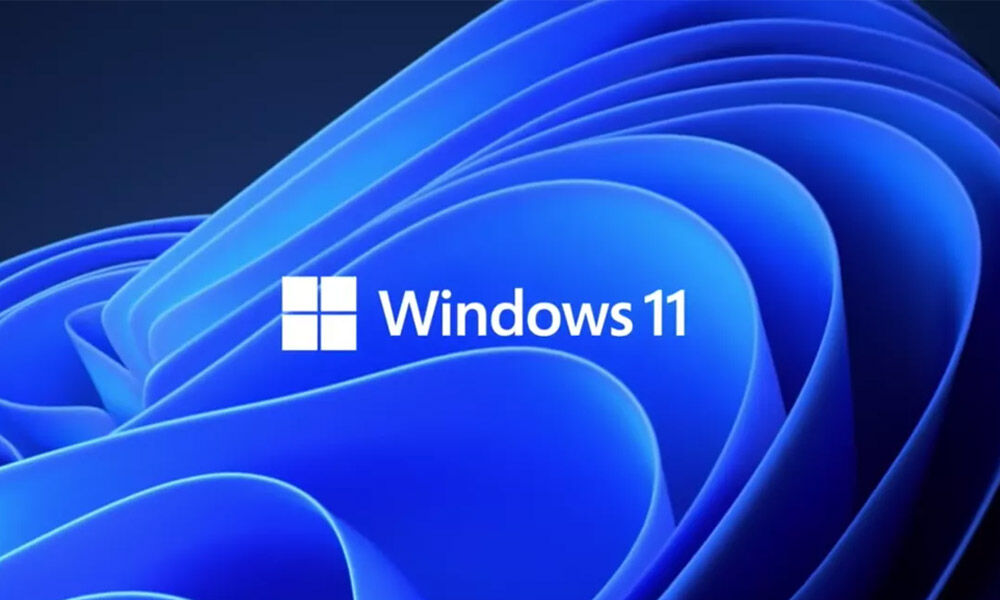
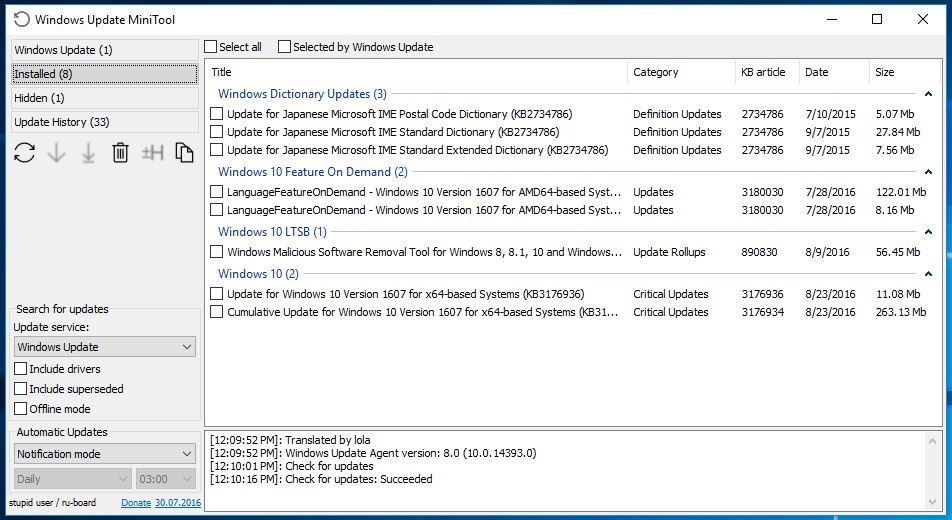
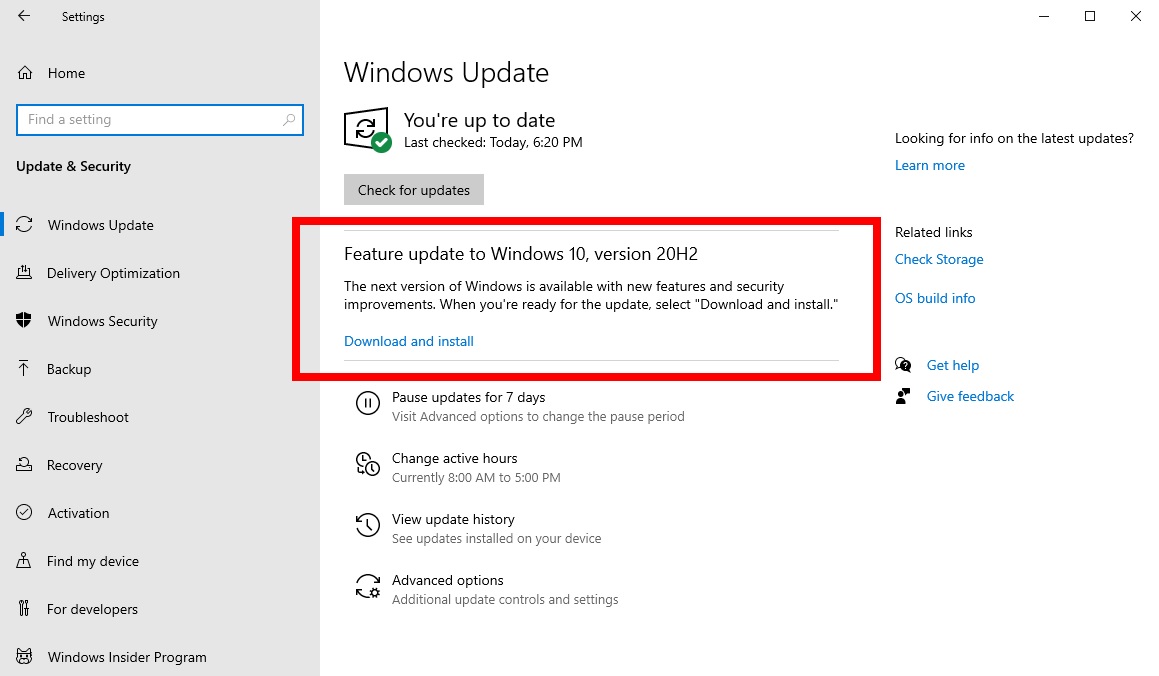











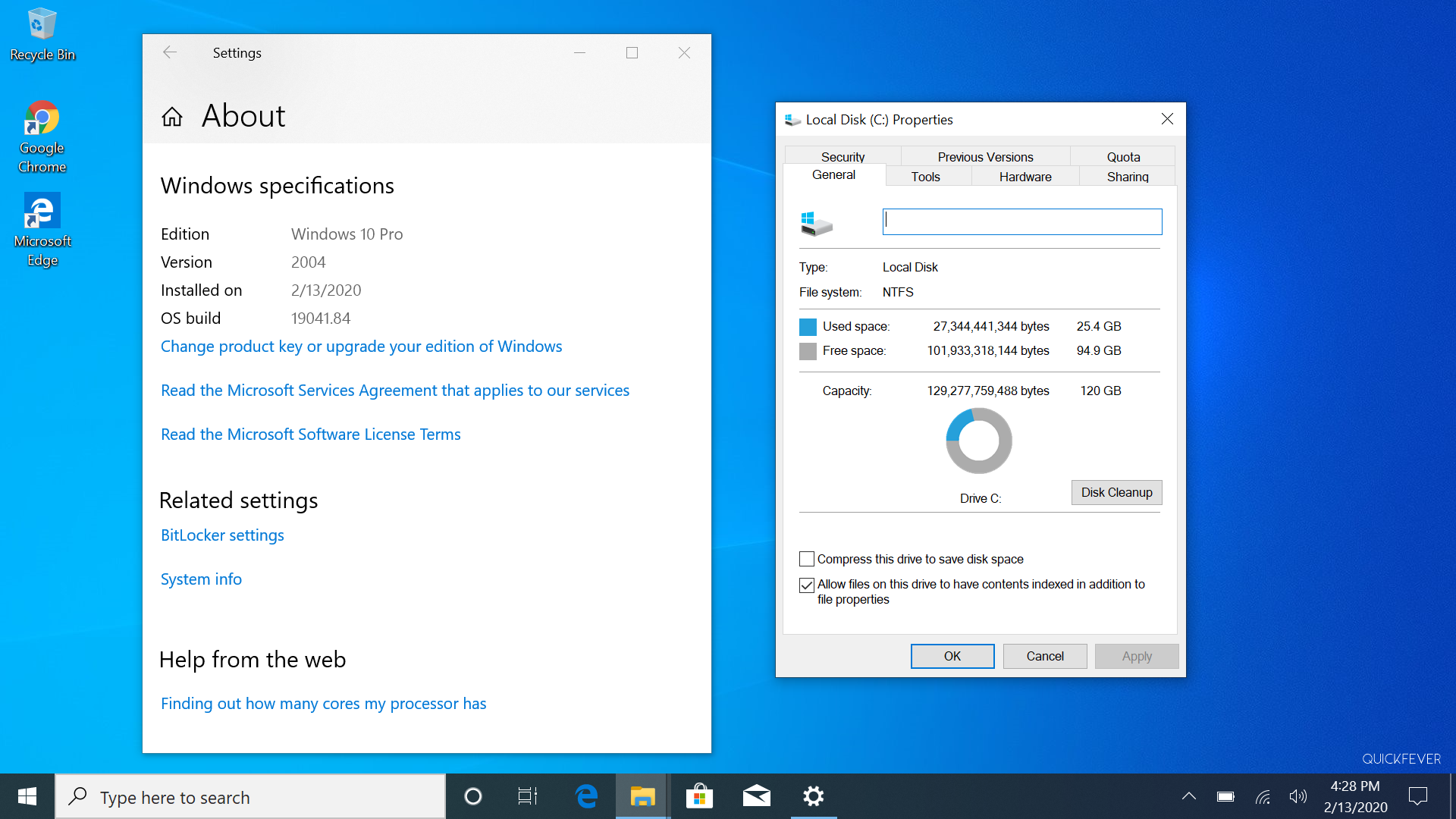


No comments:
Post a Comment
Note: Only a member of this blog may post a comment.